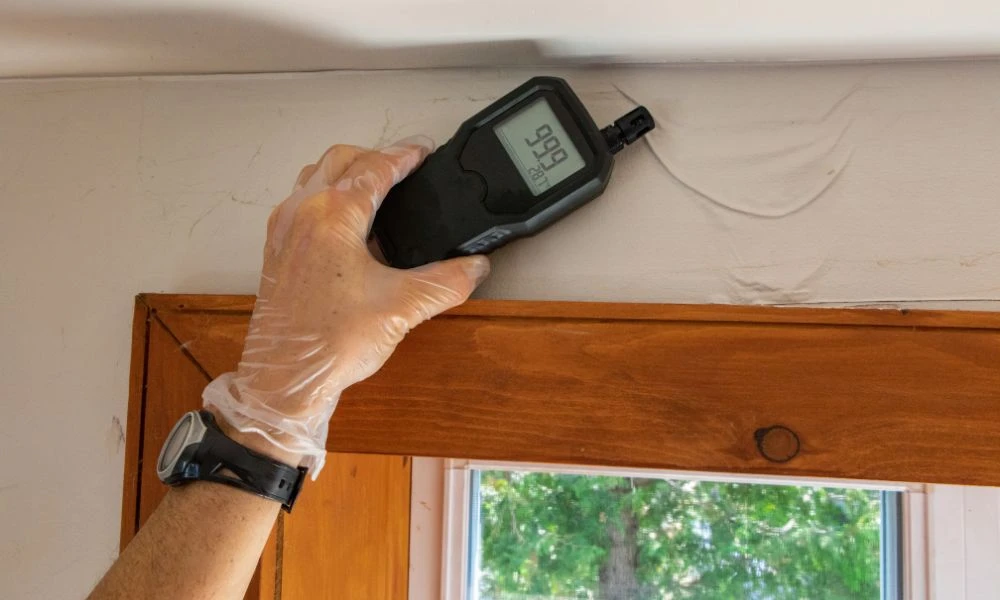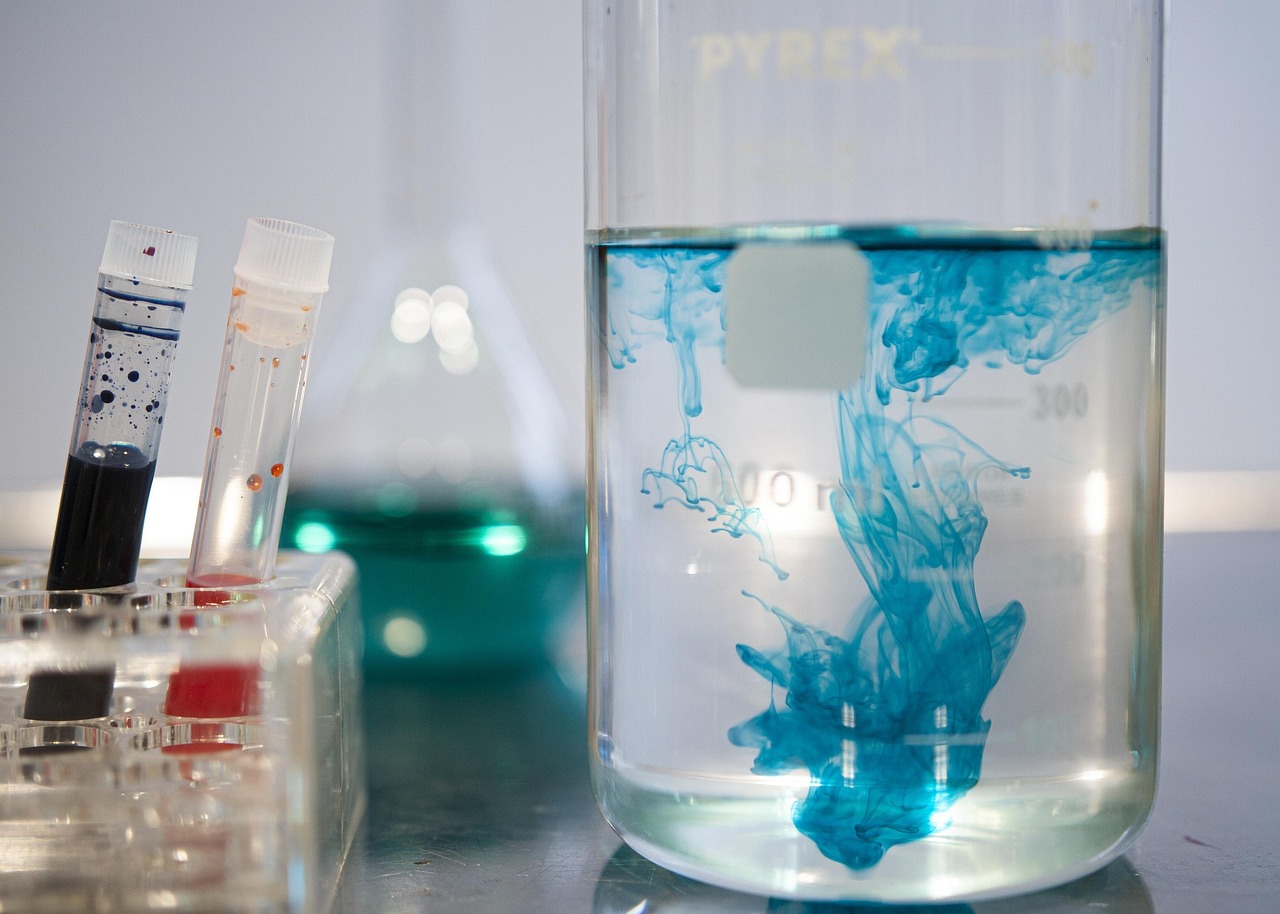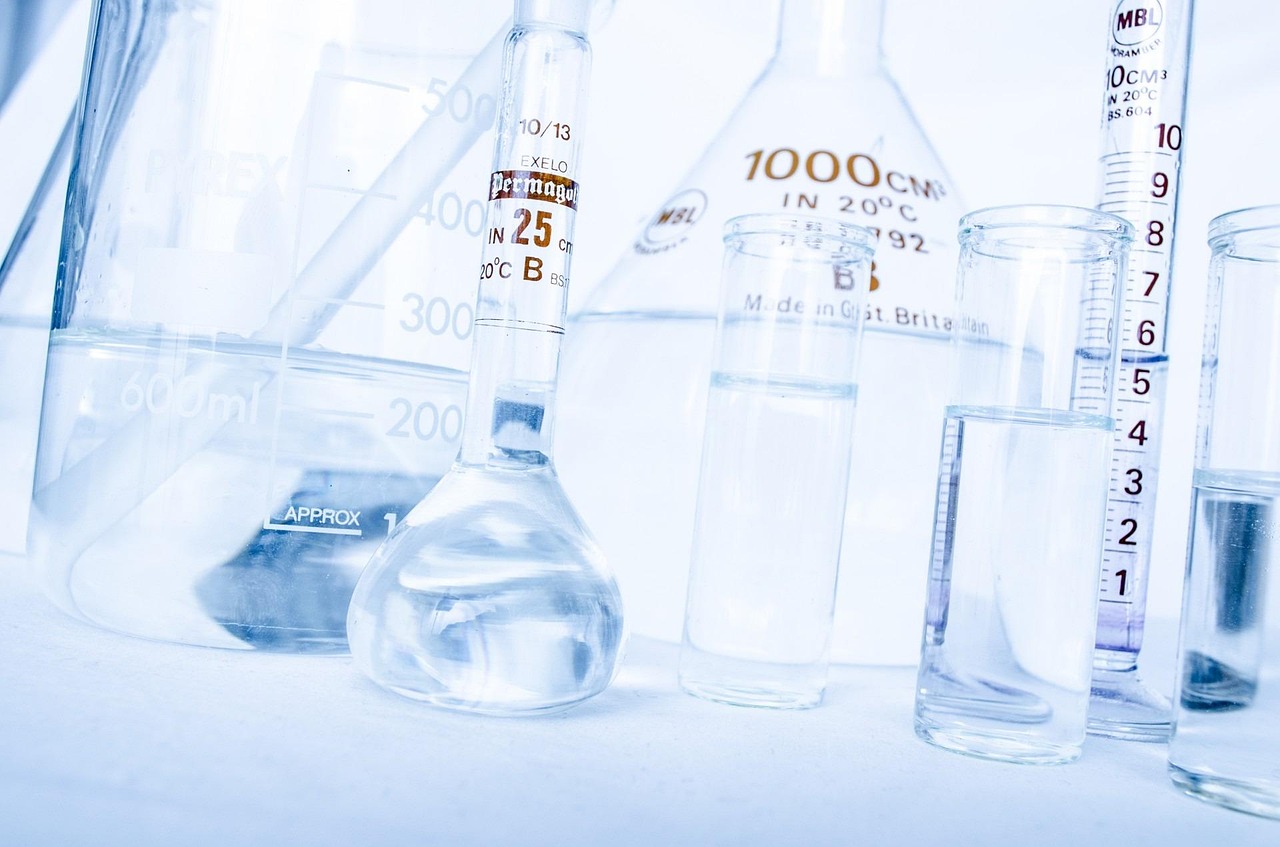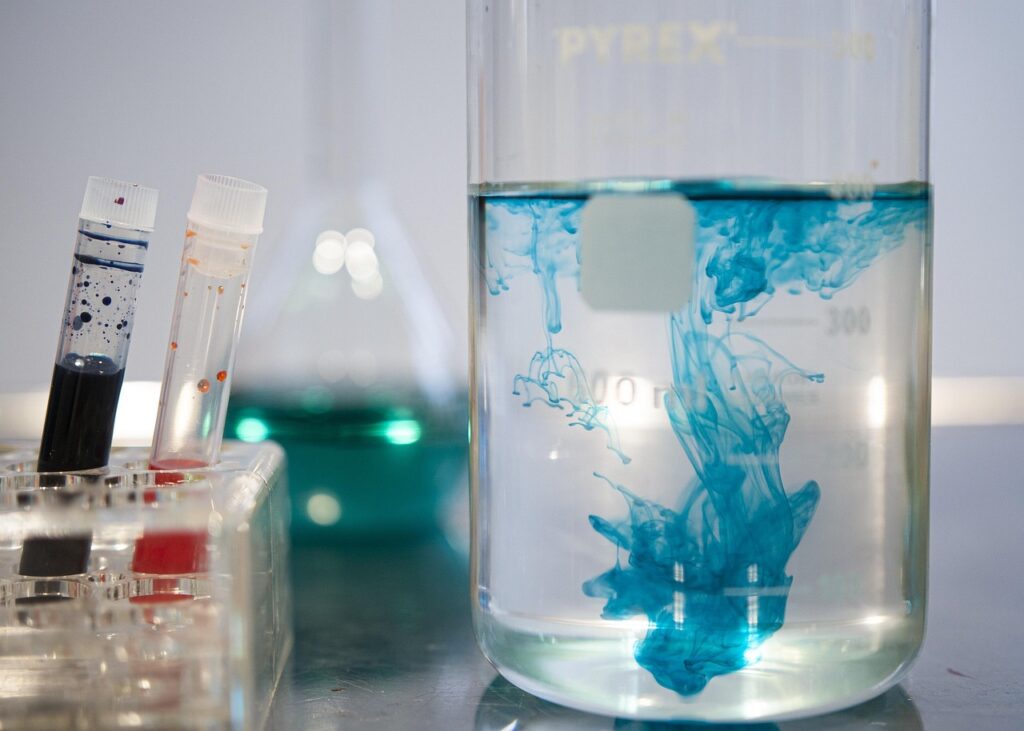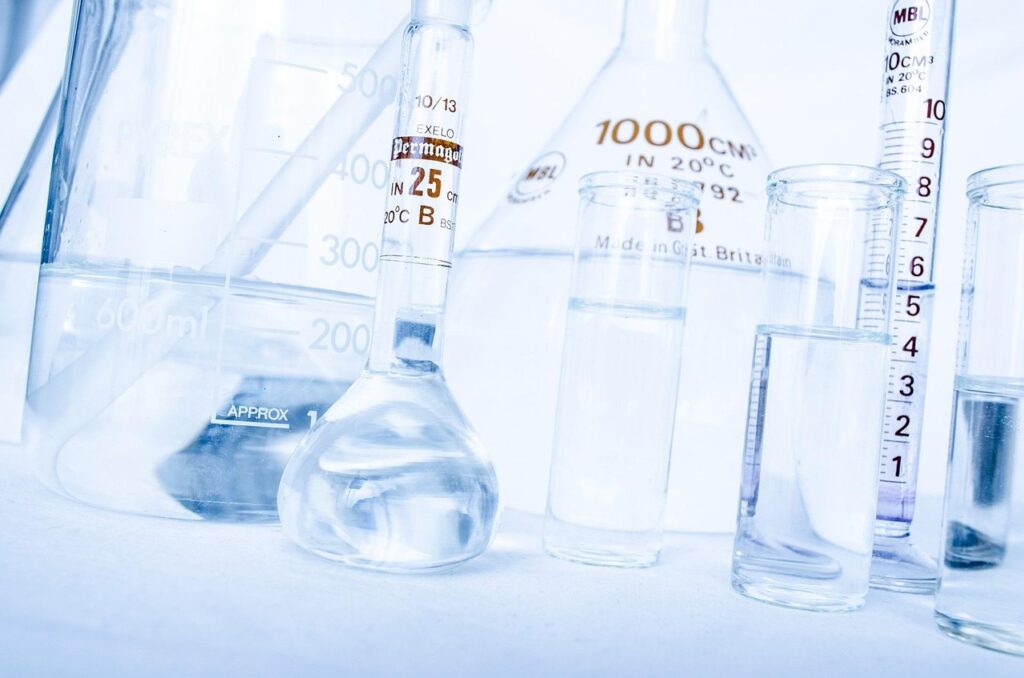Ensuring a healthy home environment involves a comprehensive commitment to understanding and maintaining good air quality. Home Air Quality Testing emerges as a pivotal and indispensable practice in the intricate tapestry of factors contributing to a wholesome living space.
This proactive diagnostic tool allows homeowners to identify potential pollutants, allergens, and other airborne contaminants that may compromise the air within their living spaces. By scrutinizing air quality, individuals gain valuable insights into the invisible elements that can impact respiratory health, overall well-being, and the longevity of their homes.
Embracing Home Air Quality Testing is not merely a precautionary measure but an empowered stride toward creating an environment where every breath is assured and vital.
Through the knowledge derived from such testing, individuals can implement targeted strategies to mitigate risks, enhance ventilation systems, and foster an atmosphere that nurtures the health and comfort of those who call the space home.
This comprehensive guide will delve into home air quality testing basics, exploring its significance for indoor, household, and residential environments.
The Significance of Indoor Air Quality
Addressing the significance of indoor air quality (IAQ) is paramount as it directly influences the well-being of individuals within a household. The repercussions of poor air quality are far-reaching and can manifest in various health issues, ranging from respiratory problems and allergies to persistent fatigue.
Recognizing the imperative role of Air Quality Assessment becomes crucial in proactively safeguarding the health of occupants. This assessment is foundational in unraveling potential concerns within the living space. By scrutinizing the composition of the air, one gains insights into the presence of pollutants, allergens, and other airborne irritants that might be lurking within the confines of the home.
With this knowledge, individuals can formulate targeted strategies to rectify and optimize indoor air quality. Therefore, The Air Quality Assessment process becomes a linchpin in fostering a living environment that promotes physical health and overall comfort and vitality for those who call the space their home.
Understanding the Basics of Home Air Quality Testing
What is Home Air Quality Testing?
Home Air Quality Testing is a comprehensive process of systematically examining the air within a residential environment to evaluate pollutant concentrations and overall air purity. This assessment includes a thorough analysis of ventilation systems, ensuring optimal air circulation and identifying areas for improvement.
Additionally, the evaluation measures pollutant levels, such as particulate matter and volatile organic compounds, providing insights into potential health risks. The effectiveness of air filtration systems is also scrutinized, ensuring they operate optimally to remove contaminants.
Overall, Home Air Quality Testing is a proactive approach to creating a healthier living environment, offering valuable insights for targeted interventions and enhancements in ventilation, pollutant control, and air filtration systems to prioritize the well-being and comfort of residents.
Also, check out our blog “Comprehensive Guide to Air Quality Testing in My Home” for a better understanding of this section.
Key Components of Home Air Quality
Several key components influence home air quality, each playing a critical role in determining the overall purity of the air within a residential environment.
Ventilation Systems: Adequate ventilation is fundamental to maintaining good air quality. Efficient ventilation ensures the constant flow of fresh air, reducing the concentration of indoor pollutants and preventing the stagnation of potentially harmful substances.
Pollutant Levels: Monitoring and controlling pollutant levels are essential to maintaining a healthy indoor environment. Common pollutants include particulate matter, allergens, volatile organic compounds (VOCs), and other airborne contaminants that can impact respiratory health.
Check out our blog on Air Quality Testing for allergies.
Air Filtration Systems: The effectiveness of air filtration systems is crucial in removing particles and pollutants from the air. Regular assessment and maintenance of these systems ensure they operate optimally, contributing to a cleaner and healthier indoor atmosphere.
Humidity Control: Excessive humidity can promote the growth of mold and mildew, contributing to poor air quality and potential health issues. Maintaining appropriate humidity levels prevents these issues and ensures a comfortable living environment.
Indoor Sources of Pollution: Identifying and mitigating indoor sources of pollution, such as household cleaning products, paints, and building materials emitting volatile compounds, is essential. Minimizing these sources helps control the introduction of harmful substances into the indoor air.
Outdoor Influences: External factors, including outdoor air quality and proximity to pollution sources, can impact indoor air quality. Understanding and addressing these external influences are important considerations in maintaining a healthy living space.
Regular Maintenance: Regular inspection and maintenance of HVAC systems, air vents, and other components contribute to the overall effectiveness of the home’s air quality management. This proactive approach helps prevent the accumulation of dust, debris, and potential pollutants.
The Process of Home Air Quality Testing
Assessing home air quality begins with a comprehensive evaluation of the entire environment, considering factors such as layout, occupancy, and potential sources of pollutants. This is followed by meticulously inspecting each living space and identifying mold growth, dust accumulation, and ventilation deficiencies that may contribute to poor air quality.
To obtain precise data, air sampling is conducted using specialized equipment, collecting indoor air samples to analyze pollutant concentrations. Once the testing phase is complete, the results undergo thorough analysis, leading to the generation of a detailed report.
This report not only delineates the identified pollutants but also provides valuable insights into the current air quality status within the home. Additionally, it offers recommendations for improvement, empowering homeowners to make informed decisions and implement targeted interventions to enhance overall air quality.
From the initial assessment to the detailed analysis and recommendations, this holistic approach aims to create a healthier living environment by addressing specific factors influencing indoor air quality.
Check out our blog on choosing the right air quality testing lab for the air quality testing process.
Benefits of Home Air Quality Testing
Home air quality testing is pivotal in fostering a healthier living environment by addressing and mitigating potential pollutants, thereby reducing the risk of respiratory issues and allergies.
Beyond its health benefits, a well-maintained ventilation and filtration system, as facilitated by the insights gained through testing, enhances air quality and improves energy efficiency within the home.
The proactive nature of air quality testing enables early detection of contaminants, allowing for prompt action and preventing potential health risks. This timely intervention not only safeguards the well-being of occupants but also reduces the likelihood of extensive and costly remediation measures.
Home air quality testing is a multifaceted approach that enhances health, promotes energy efficiency, and enables preventive measures, contributing to a more sustainable and comfortable living environment.
Check out SMS LAB’s indoor air testing services for your home to preserve your and your children’s health.
Conclusion
Investing in home air quality testing represents a proactive and essential measure for cultivating a healthier and more comfortable living environment. Through regular assessment, inspection, and monitoring, the aim is to maintain indoor spaces free from pollutants, ultimately promoting the overall well-being of inhabitants.
By prioritizing your household’s health and understanding the basics of home air quality testing, you empower yourself to take the necessary steps to ensure optimal air quality within your living spaces. Recognizing your home as a sanctuary, the commitment to maintaining good air quality becomes crucial in achieving this goal.
In essence, home air quality testing is a tangible investment in the health and comfort of your living environment, reinforcing the idea that a proactive approach to air quality is fundamental to creating a livable and nurturing home.

